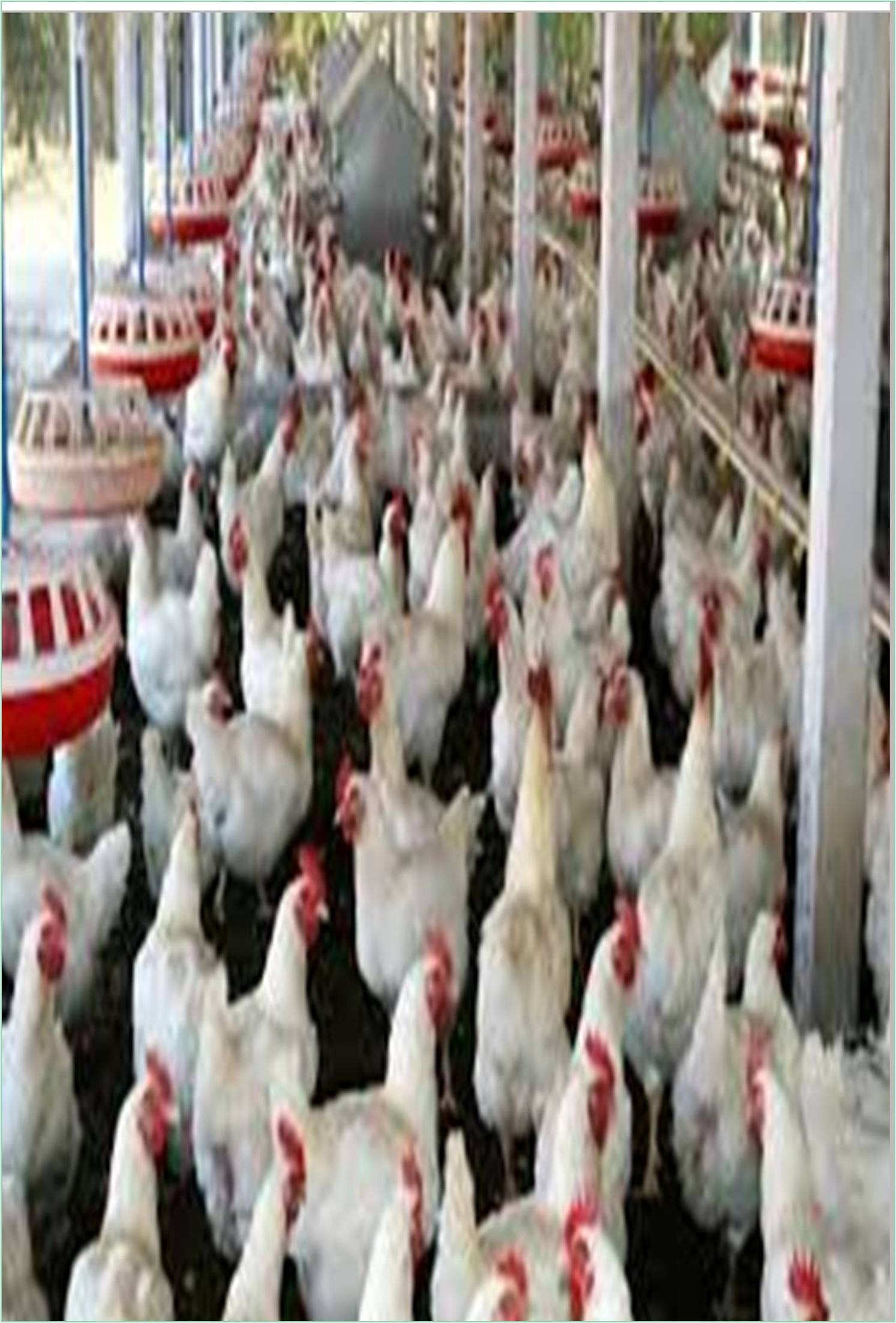



Received: 01-Feb-2022, Manuscript No. GJPFV-22-60571; Editor assigned: 04-Feb-2022, Pre QC No. GJPFV-22-60571 (PQ); Reviewed: 21-Feb-2022, QC No. GJPFV-22-60571; Revised: 28-Feb-2022, Manuscript No. GJPFV-22-60571 (R); Published: 08-Mar-2022, DOI: 10.15651/2449-1772.22.1.060
Commercial poultry processing is a sector of the industry that produces large quantities of organic by-products. The inedible waste generated in poultry slaughterhouses is estimated to be approximately 89% of all by-products from poultry processing. Large quantities of feathers are produced as a waste by-product of a poultry processing plant. Feather waste is a serious problem worldwide as it is produced in large quantities every year. By-products derived from the activities of the industry include residues such as feathers, bone meal, blood and calf. Chicken feathers make up 5% of the body weight of the chicken and form a significant waste product from the poultry industry.
These feathers have the problem of disposing of significant waste. Many different methods have been used to dispose of feather waste, such as landfilling, incineration, and natural gas production and fodder. They also often become hazardous to waste disposal/ environmental pollution, incinerated or dumped in landfills. Most feather waste can contaminate the air, soil and water by filling or burning the ground. The current value-added use of feathers is to convert it into feather meal, using digestible food protein, physical and chemical treatments for fodder. These methods destroy certain amino acids and reduce protein quality and digestion. Innovative solution for waste disposal along with biotechnological alternative for recycling keratin rich waste is very important.
Poultry feathers are insoluble in nature and are less susceptible to digestion due to proteolytic enzymes and chemical or physical factors mostly keratin content. High resistance to decay and diversity of microflora, including pathogenic microorganisms, make this feather waste an environmental and health hazard problem. Due to storage problems and microbiological threat, feather waste must be cleaned quickly. Currently, the main management method of feather by-products is feather meal production, which is used as an adjunct to fodder. Feathers are processed in utilization plants approved by steam pressure cooking. Consumption method requires high financial costs due to the high energy input that must be applied for denaturation of keratin. Biological methods involving microorganisms and their enzymes can be applied to feather structure degradation as an alternative to current technology. Composting with manure is the cheapest and easiest way, but it is a lengthy process that must meet the requirements of a veterinary inspection, including a closed composting field with periodic sewer carry systems and periodic microbiological tests. The biggest problem for composting is odor emission and long tolerance. This process does not guarantee the destruction of keratin fibers or pathogenic organisms. The lack of easy and economically attractive methods for the use of feather waste allows for the discovery of new effective technology that ensures the normal use of consumer products.
Keratin is a structural component of the interior of most birds, mammals, reptiles and amphibians, usually occurs in nature and is therefore produced as waste product in a variety of ways. Large amounts of keratinous waste from leather industries, agricultural industries or slaughterhouses can lead to serious environmental impact by dumping unused animal skins in the natural biological zone. The growing concern for environmental pollution and the immediate search for useful substances have led to the development of many technologies to bioconversion keratinous waste into recyclable products. Biodegradation of severely formed animal waste is now considered as an alternative way to create a viable end product with benefits visible to primary producers in environmental and economic management strategies. The combination of specific waste products through biological methods not only leads to better utility production, but also confidence in waste management practices.
Keratinase has potential applications in the beam house operations of the leather and tanning industry to improve the quality of leather for the manufacture of leather products and textiles. Keratinase also promises to convert keratin-rich poultry and other industrial waste into dietary protein that can be used as food and feed supplements. Another natural option for applying keratinase is to improve recycling for feather use as organic fertilizer. The biological activity of soil organic matter, nutrients and microorganisms significantly contributes to ecosystem level processes that are important for productivity, community building and reproduction in terrestrial ecosystems. Feather meal produced in the traditional way has also been tested as a semi slow release nitrogen fertilizer for organic farming. Despite the enormous potential application of keratinase in many fields with economic and environmental values, the main limiting factor in the widespread use of keratinase is the availability of effective microorganisms and the development of a low-cost method for largescale production of keratinase. The development of bioprocesses that can convert large amounts of feather by-products into value-added products has been identified as a top priority. It is very necessary and appropriate to meet the growing demand for animal products by the growing global population. Improving the nutritional value of feathers provides better value protein feed elements that can replace the soybean and fish meal in the livestock diet. Achieving this financially is crucial to developing an additional and cheaper source of animal protein for livestock feeding. Given the thermo energetic cost of conventional processing of feathers, research on alternative technologies for recycling feather waste with nutritional improvement, environmental friendliness and bioresource optimization possibilities is highly justified, as opposed to their limited nutritional improvement. Converting feathers into feather meal is now considered a source of high value food and the production of digestible proteins.